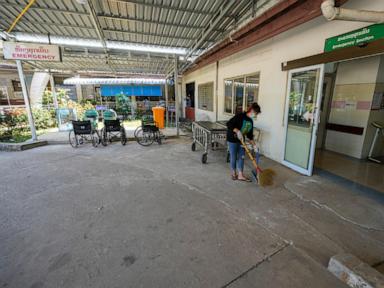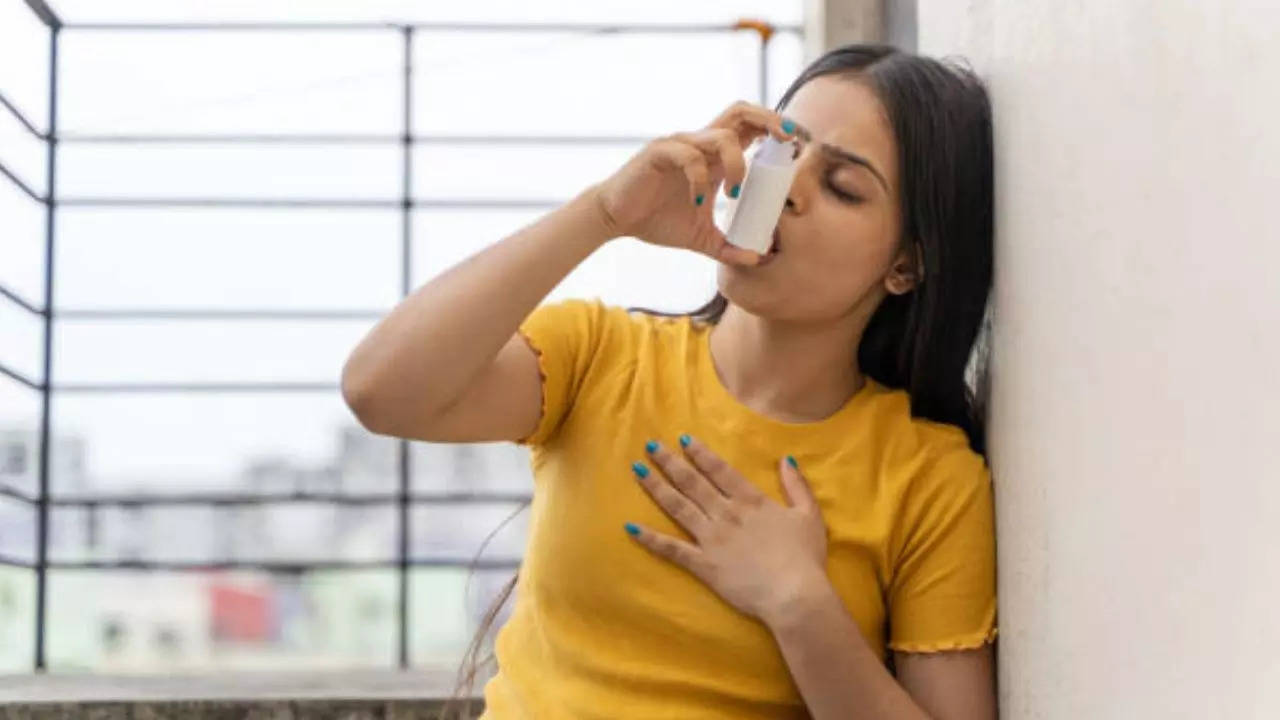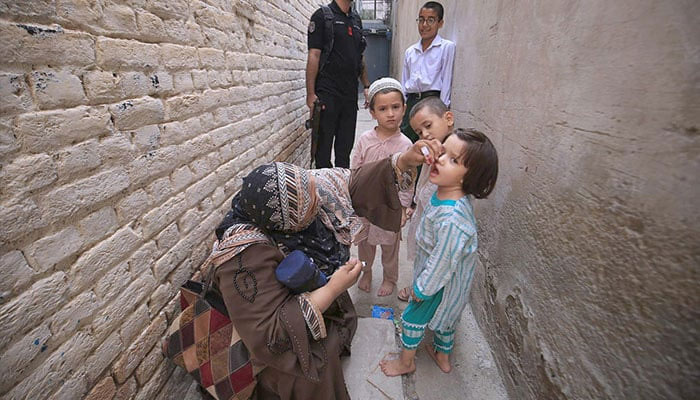
MENDOTA HEIGHTS, Minn. — A new Minnesota state law requires school districts or charter schools to adopt a policy on the use of cellphones in school by March of next year. But one nonprofit has gotten a jump start, working with students to help them find a balance between devices in and out of school.
A group of students at Two Rivers High School in Mendota Heights meets two or three times a month. They laugh and talk freely, and there isn't a single smartphone in sight. That's the point.
They're part of a digital wellbeing club. "[Phones are] a really great piece of communication," said junior Olivia Kanavati. "At the same time, it's draining hours and it's wasting away time that I could be spending with family, or on school or with friends.
" "I would look at my screen time and I would just realize, like, what am I doing with my life?" said senior Willa Vogen. The club partners with LiveMore ScreenLess, a nonprofit started by Katherine Myers, a former teacher of 25 years. "Our mission is to continue to bring digital wellbeing forward, and then our vision is young people thriving in a digital age," said Myers, LiveMore ScreenLess' executive director and co-founder.
For more than five years, LiveMore ScreenLess has collaborated with community stakeholders to support young people. At Two Rivers, students host "log-off lunches" where devices go unused. They've also held talks with younger students at West St.
Paul's Heritage Middle School about creating a tech-life balance. At a recent leadership summit, club members had the ears of leaders from public health, education, government and technology firms like Google. "We facilitated really good discussions about screen use, and about actions that we can take, and intentional use and how students are affected versus adults," said junior Evangeline Fuentes.
These students initially wondered how an updated cellphone policy would impact them, but say it's working. "I think kind of we realized it only benefitted us," said senior Catalina Martinez. "We felt more focused in class.
We felt that we didn't have the opportunity to be distracted by technology and like checking Snapchat, checking whatever it is." "We're really urging for it to be more aspirational," Myers said. "Not that we're removing something but we're thinking about the wellbeing and the learning of young people.
" While she's seeing positive steps forward, Myers says more action is needed. "It's still not where I want us to be," she said. "We started focusing really on high school students, we need to be at birth.
" LiveMore ScreenLess is hosting a free and virtual Digital Wellbeing Youth Summit on Saturday, Dec. 7, from 9 a.m.
to 12:30 p.m. You can register for free at livemorescreenless.
org . Derek James anchors Saturday and Sunday evening newscasts and contributes stories during the week on "The 4.".














